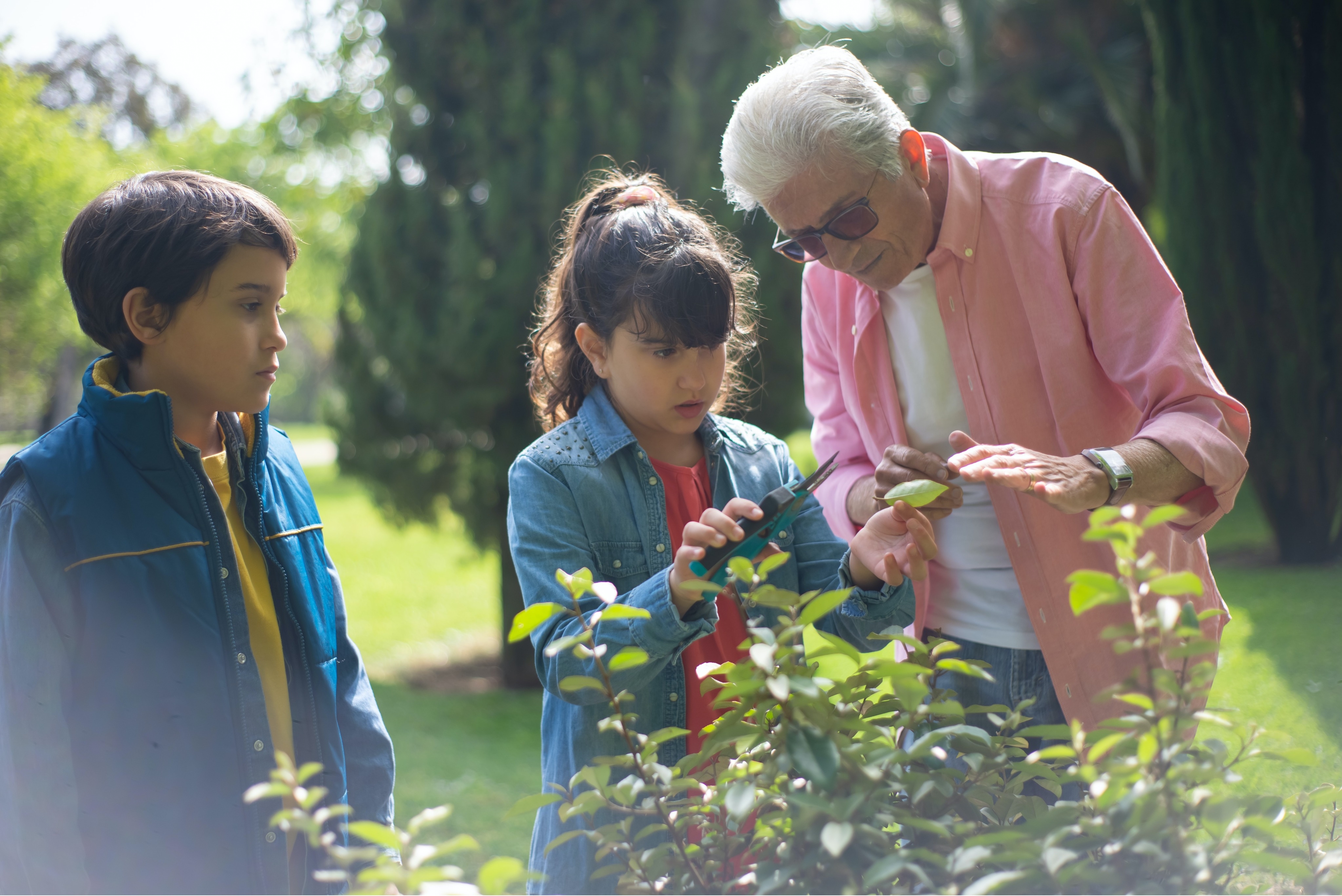What to Do for Your Trees After Treating Dutch Elm Disease
Dutch elm disease is one of the most devastating diseases our native elm trees face in the greater Denver area. It’s spread by beetles as they bore into the tree to lay their eggs. With prompt treatment, you may be able to save your infected elm and prevent the disease from spreading to other trees on your property, but there are still things you’ll need to do after the treatment if you want your trees to thrive. Here are a few key tasks to take care of after treatment is complete.
Inspect Your Other Trees Thoroughly
Dutch elm disease can spread rapidly and treating one tree doesn’t guarantee that the others will be safe. Get in the habit of inspecting any other elms on your property on a monthly basis. Look for early warning signs of damage like yellowing leaves or dying branches and schedule a professional treatment as soon as you can. The sooner you catch the infestation, the better chances your trees will have to survive.
Monitor Your Infected Elm for Damage
If your tree care team is able to treat an infested elm tree, you’ll want to make sure the treatment worked. Monitor your tree for signs of further damage and active infestations. If you see parts of the tree that were previously uninfected developing symptoms of Dutch elm disease, you may need to schedule another appointment. Inspect your tree at least once each month and call your tree care team if you notice any changes.
Work With a Tree Removal Team as Needed
If your trees start to develop new infections or the original treatment doesn’t work and infection spreads throughout your treated tree, you may need to have them removed. While you can remove the trees on your own, it’s always best to work with a professional. Experienced tree removal technicians will be able to safely cut down infected trees while mitigating the damage done to the rest of your landscaping. Even better, they’ll be able to remove the infected tree from your property so you can help protect other elms nearby.
Consider Planting More Resistant Elms
If you’ve had to remove elm trees from your property but still want to enjoy the shade and color they provide, you don’t have to settle for a different type of tree. You’ll just want to plant more resistant elm tree species. Hybrid Asian elm trees are more resistant to the damage effects of the fungus and can better resist the beetles that can damage and kill American elm trees. If you’re not sure which types of hybrid elms to plant, contact your landscaping team or a local tree nursery for advice. They’ll help you find the right options for your yard and your soil type.
Contact Root Tree Service for Help
The best way to help your elm trees thrive after treatment is to work with an experienced professional from the very beginning. At Root Tree Service, our team can help you keep your trees healthy and reduce the risk of damage from Dutch elm disease. Contact us today to schedule an appointment.
Go Back Inspect Your Other Trees Thoroughly
Dutch elm disease can spread rapidly and treating one tree doesn’t guarantee that the others will be safe. Get in the habit of inspecting any other elms on your property on a monthly basis. Look for early warning signs of damage like yellowing leaves or dying branches and schedule a professional treatment as soon as you can. The sooner you catch the infestation, the better chances your trees will have to survive.
Monitor Your Infected Elm for Damage
If your tree care team is able to treat an infested elm tree, you’ll want to make sure the treatment worked. Monitor your tree for signs of further damage and active infestations. If you see parts of the tree that were previously uninfected developing symptoms of Dutch elm disease, you may need to schedule another appointment. Inspect your tree at least once each month and call your tree care team if you notice any changes.
Work With a Tree Removal Team as Needed
If your trees start to develop new infections or the original treatment doesn’t work and infection spreads throughout your treated tree, you may need to have them removed. While you can remove the trees on your own, it’s always best to work with a professional. Experienced tree removal technicians will be able to safely cut down infected trees while mitigating the damage done to the rest of your landscaping. Even better, they’ll be able to remove the infected tree from your property so you can help protect other elms nearby.
Consider Planting More Resistant Elms
If you’ve had to remove elm trees from your property but still want to enjoy the shade and color they provide, you don’t have to settle for a different type of tree. You’ll just want to plant more resistant elm tree species. Hybrid Asian elm trees are more resistant to the damage effects of the fungus and can better resist the beetles that can damage and kill American elm trees. If you’re not sure which types of hybrid elms to plant, contact your landscaping team or a local tree nursery for advice. They’ll help you find the right options for your yard and your soil type.
Contact Root Tree Service for Help
The best way to help your elm trees thrive after treatment is to work with an experienced professional from the very beginning. At Root Tree Service, our team can help you keep your trees healthy and reduce the risk of damage from Dutch elm disease. Contact us today to schedule an appointment.
